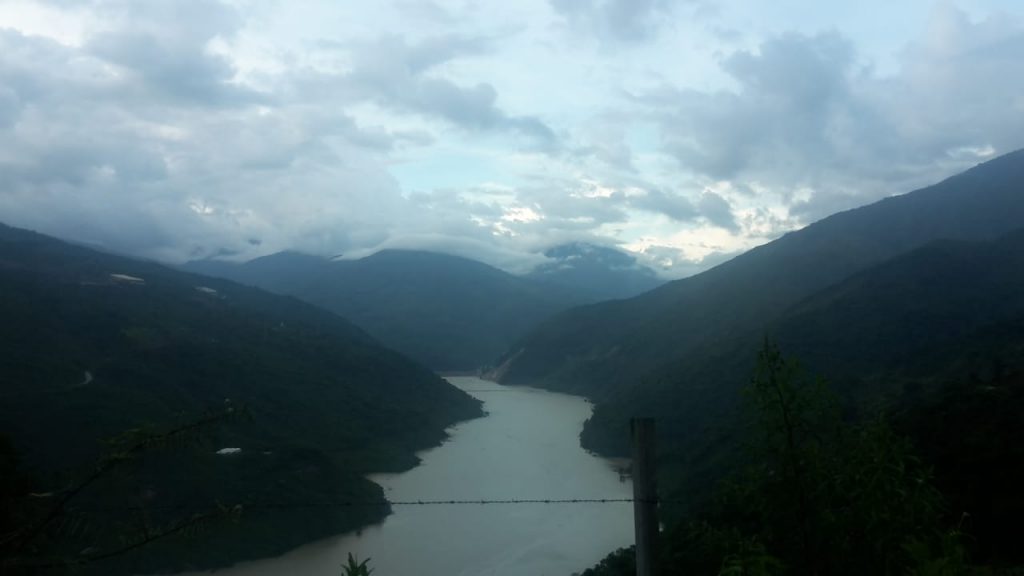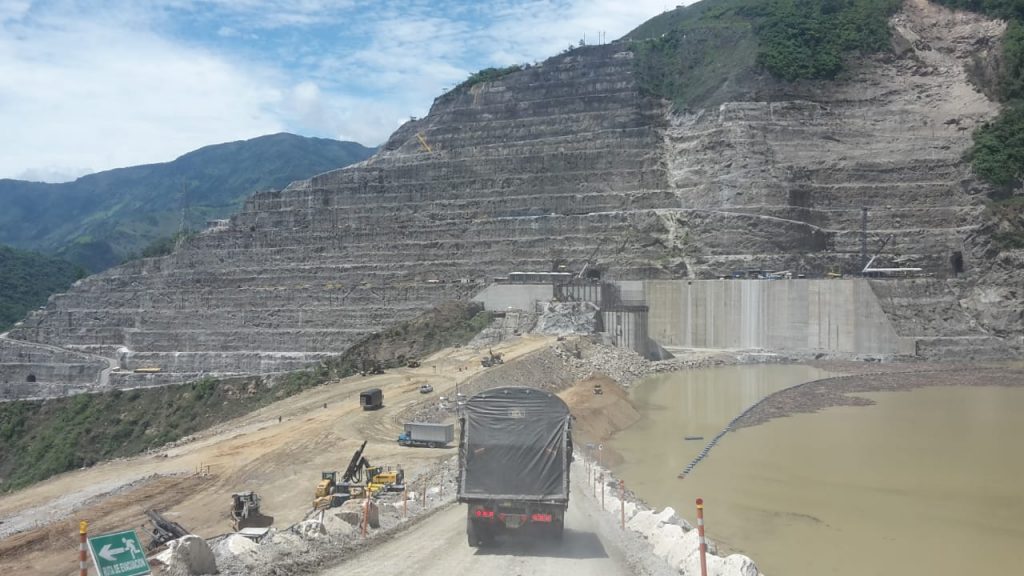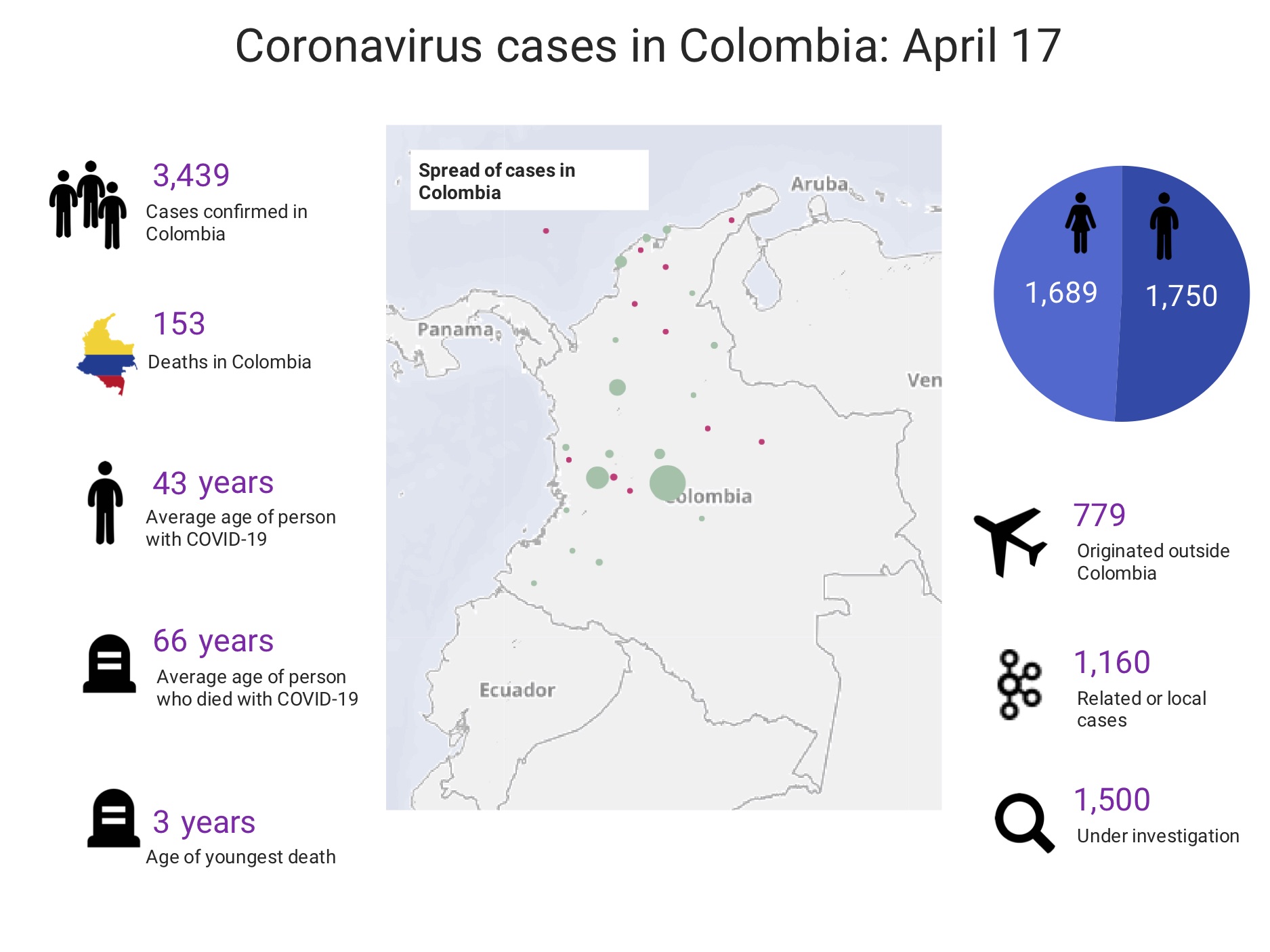
The Cauca river has seen its water levels recede as EPM reduces the volume of water flowing from its troubled Hidroituango dam. Two of the dam’s floodgates were closed this week following concerns that it posed a danger to vulnerable communities along the Cauca river in Antioquia. However, the decision now poses a greater threat to the river’s ecosystem.
On Tuesday, EPM director Jorge Londoño announced that the dam’s second floodgate would be closed as the pressure exerted by the river put downstream communities at risk. After calculations were made by Integral, the firm that designed Hidroituango, EPM believed that this pressure could lead to a collapse of the engine room. The floodgate was initially scheduled to close on February 15 but the date was changed given the growing concerns over the engine room.
Following this, the first floodgate was also closed, the results of which has alarmed many around the country as pictures circulate showing the river shrinking within a space of days.
The decision to close the floodgates has had an impact on the ecosystem of the rivers as the water levels have decreased and many fish species have been left stranded in unconnected pools along the Cauca. Londoño said that the environmental impact was regrettable but the human cost outweighed considerations relating to the environment.
EPM has promised that brigades have been formed to ensure that the environmental impact can be mitigated. “These are brigades made up of biologists, technicians and local fishermen, who make permanent routes along 14 stretches [of river], between the project and the municipality of Nechi ( a stretch of about 200 km), to rescue individuals who are possibly trapped by the lowered water levels,” the company said in a statement.
At the time of writing BLU Radio is reporting that up to 6000 fishes have died since the closing of the gate and videos and photos have been circulating in social media to the anger of many. The receding river also takes its toll on a community that continues to live in the shadow of the dam.
Hidroituango dam: The story so far
The hydroelectric dam Hidroituango was more than a prestige project by EPM, the electricity company owned by the governing authority of Antioquia. The project promised to provide 16% of Colombia’s electricity needs and is valued at around US$4 billion. However, in April last year landslides in the region blocked tunnels that rerouted the river around the project. As two of the exits in the engine room were now blocked, the reservoir began to fill and EPM were in a race against time to raise the level of the embankment to prevent a catastrophic flood. The company was successful in increasing the dam’s height but the resulting alert, however, displaced thousands of people in the low-lying regions in the river’s path.

The city of Valdivia saw a large influx from low-lying regions of the Cauca following the red alert issued by EPM. Photo by Arjun Harindranath
The villages of Puerto Valdivia, Cáceres, Tarazá and Caucasia have all remained on alert to this day to the risk of another flood. Puerto Valdivia is at the highest risk if the dam were to burst and the authorities have said that the community has around 45 minutes to evacuate if the worst case scenario were to happen. Although initially a ghost town after the first red alerts were issued, many have returned to Puerto Valdivia, choosing to risk their lives over abandoning their homes for higher ground.
In addition to the immediate impact of the dam on the river, there have also been other knock-on effects as a result of the economic strain on affected communities. For one, according to local activist group Rios Vivos, many social leaders have been killed since construction of the dam started in 2010 as local criminal groups have gained in influence in the region. The town of Ituango, which Hidroituango was named after, still has direct road access to it cut off and now can only be reached by ferrying across the river or being escorted through the dam site (which happens twice or thrice a day).

At a recent symposium at the Faculty of Engineering at Universidad de los Andes, professors in engineering were asked of their opinions of Hidroituango and what future projects can learn from its mistakes. Most said that the future would be to build smaller dams along smaller rivers so that the impact would be smaller. The river Cauca is Colombia’s second largest river and is the lifeblood of thousands of workers in small communities, ranging from fishermen, tourism operators and traditional miners.
Jaime Iván Ordoñez, an engineering professor from the University of California in Berkeley, argued at the symposium that the crucial lessons to be learned from the catastrophe are that “money alone doesn’t replace engineering; that design in engineering cannot be ignored; and that engineering is a profession of service to society and not a means for the enrichment of those who exercise it.”
In addition to the impact that the project has had on the community and the ecosystem, EPM may also have an even larger financial problem on their hands: that of whether the project is viable at all any more. ANLA, the regulatory body in charge of granting environmental licences, announced on January 21 that it had “initiated an environmental sanction procedure against the company Hidroituango SAESP, as the owner of the environmental license, for allegedly not guaranteeing downstream of the dam, the ecological flow to ensure the integrity of the services ecosystems and the environmental protection assets of the Cauca River.”





